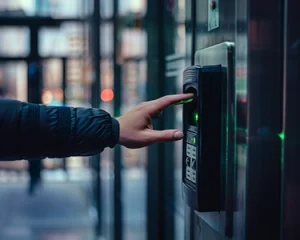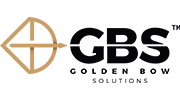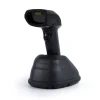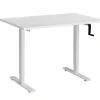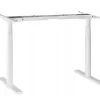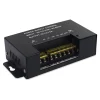Barcodes are one of the most commonly used tools for product identification worldwide. According to data from 2020, over 90% of all products in the United States have barcodes. In stores and other retail establishments, barcodes are a key tool for inventory management and payments. Barcodes enable inventory control, transaction tracking, and also facilitate the detection of counterfeit or illegal products. As a result, barcodes are widely used in retail, industrial, and logistics industries.
In this article, we will discuss:
- History of Barcodes
- Types of Barcodes
- How to properly Scan a Barcode
- Generating Barcodes
- Barcode vs country of origin
History of Barcodes
Barcode is a graphical representation of numbers, letters, and special characters designed to automate the identification and tracking of products, goods, or services for the purpose of issuing or selling them. The history of barcodes, widely used on a global scale today, dates back to the late 1940s.
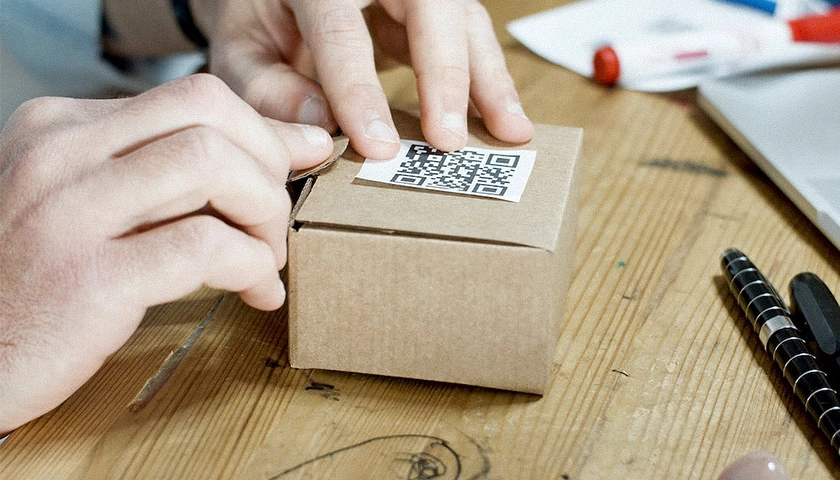
When was the first bar code developed?
In 1948, Norman Woodland, a doctoral student at a university in the United States, decided to create a system for automatically reading product information. This idea was presented to him by his colleague, Bernard Silver, who came up with the concept. The prototype of today’s barcode was created by Woodland and was called the “Bull’s Eye” barcode, which resembled a target. Unfortunately, Woodland’s idea was put on hold for the following years because there was no device capable of easily reading the created code. A prototype from 1952, created by a U.S. scientist, caused a fire in his home and nearly led to a tragedy. Despite the efforts of both scientists, they were unable to invent something resembling today’s barcode reader.
Further Development of the Barcodere
It was only several years later, in 1969, that David Collins invented an effective light source that allowed for the reading of produced barcodes. The laser, as it’s referred to, was the perfect solution to the problems that Woodland and Silver had faced earlier and is still used today. The experimental system created and installed by Collins in a GM (General Motors) factory and a shipping company caught the attention of supermarket chains, which in 1970 established a special fund for the development of barcodes.
Shortly thereafter, IBM introduced simple barcodes to the market, which are still in use today. The so-called UPC (Universal Product Code) standard was created and is still in use in the USA today, improving customer service for those purchasing goods in different stores. The first product sold after scanning a barcode was a pack of chewing gum.
In 1977, in Europe, an equivalent to the American system was created, known as the EAN standard. 21 years later, it was decided to merge both standards and create a single global system, leading to the creation of the currently used GS1 system. Poland joined the EAN system after political changes in 1990.
Did you know...
- The barcode was first used in 1974
- A barcode can contain from 8 to 15 digits.
- The barcode was the first system to use graphical symbols to store information.
- Barcodes contain both static and dynamic data.
- The barcode became so popular that in 1988, it was implemented in aircraft flight systems.
- The barcode is currently used in over 200 countries worldwide.
Types of Barcodes
There are many different types of barcodes, which can be categorized based on the following criteria:
Dimensionality of the code
- One-dimensional codes (1D) - information in the code is represented by alternating black and white bars in a single line, e.g., EAN-13 or Code 128 codes
- Two-dimensional matrix codes - information is stored on a specific surface, usually using white and black squares or rectangles, e.g., QR code or DataMatrix code
- Two-dimensional stacked codes - an extension of one-dimensional codes, consisting of several lines of code placed one below the other
- Complex codes - these are codes that contain elements of both one-dimensional and two-dimensional codes
Bar width
- Uniform bar width - codes in which all bars have the same width
- Two bar widths - codes in which bars have two different widths
Type of encoded symbols
- Numeric codes - codes in which only digits in decimal system are encoded
- Alphanumeric codes - an extension of numeric codes, they encode various characters and symbols in addition to digits
Code continuity
- Continuous codes - there are no gaps between the encoded characters in them
- Discrete codes - codes in which there are gaps between the encoded characters
Number of encoded characters
- Codes of fixed length - codes in which the number of encoded characters is constant and unchanging, e.g., EAN-8 code
- Variable length codes - in these codes, the number of encoded characters varies and is different for different codes, e.g., Code 39, Interleaved 2 of 5 code
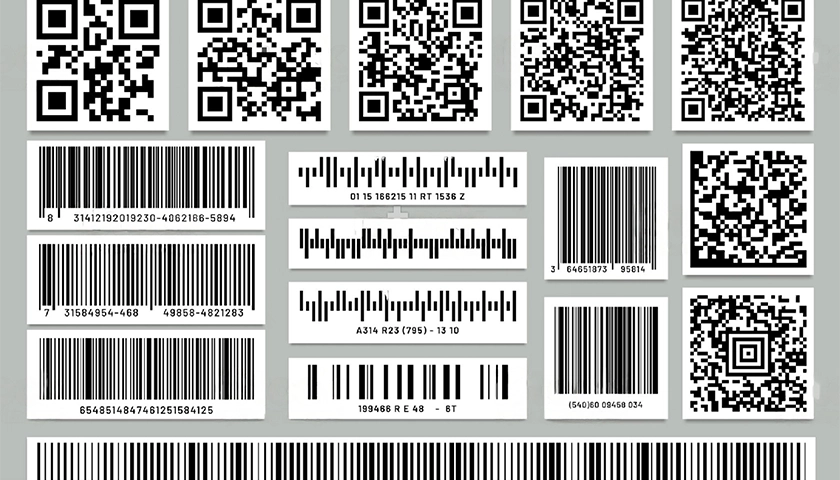
How to properly scan a barcode?
Barcode scanners are designed to read, decode, and transmit the information contained in a barcode to a target device. This process is accomplished using a beam of light in the form of a laser diode or LED (Light Emitting Diode). The light is absorbed by the black color and reflected from the white surface of the barcode, creating electrical signals.
To correctly read, decode, and transmit the information to a computer, you must align the barcode with the light beam in such a way that it intersects all the bars when dealing with a one-dimensional barcode. In the case of a two-dimensional barcode, you should align it so that it divides the graphic symbol horizontally approximately in half.
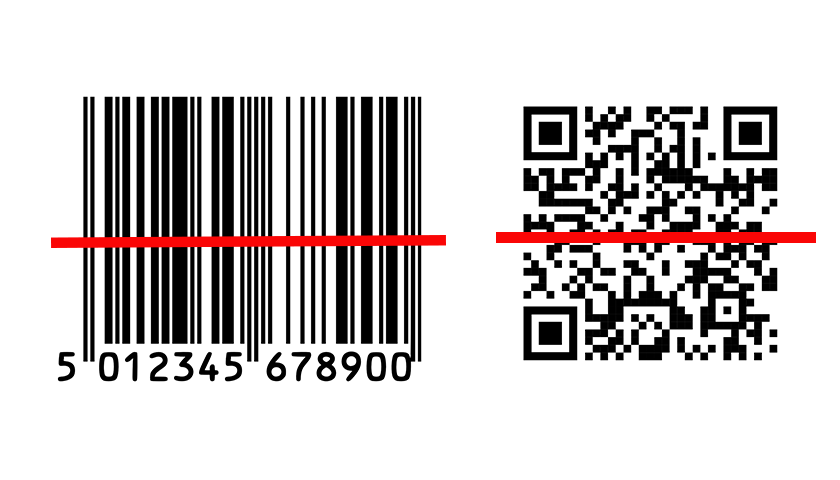
Most barcode scanning devices available on the market use bidirectional scanning, which means they have a single scanning line. This allows them to read inverted barcodes, meaning barcodes that are upside down relative to the laser or LED beam.
There are also multi-directional scanners that can read barcodes from multiple directions and have multiple scanning lines, ranging from a few to even dozens. This makes it easier to read the information contained in the barcode and speeds up the scanning process, eliminating the need to position the barcode in a specific orientation. In multi-directional scanners, the beam of light forms a grid of scanning lines, which allows for faster barcode scanning. Thanks to this solution, barcodes can be scanned not only horizontally and upside down but also at an angle when they intersect one of the scanning lines.
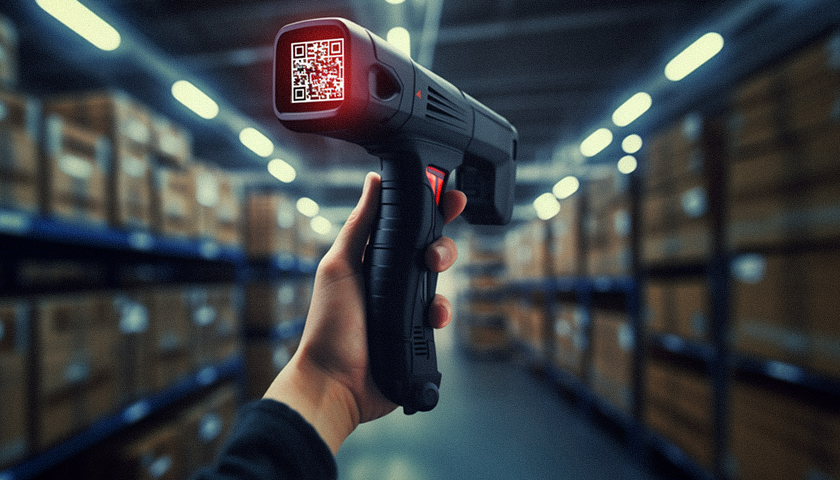
Generating Barcodes - What and How?
In this part of the article, we will learn how we can generate a barcode and for what purpose we can use it.
Where can we find barcodes?
Barcodes can be found on all kinds of products. Every item that is sold should have a unique EAN code (usually EAN-13). Barcodes are also used in warehouses to verify storage locations and the products being picked, even if the product does not necessarily have a barcode assigned to it until it is sold.
How to Generate Barcodes
Generating the right barcodes is an important part of the whole process. If we want our code to be easily read by a scanner, we should ensure the proper structure of the code. At the very beginning, we should decide whether the code will be used only for our own use or if the product will be sold. If we want to label products for our own use, we can use free programs available on websites. However, if the product is intended for sale, we need to contact GS1 to purchase codes for our products.
The code has been generated, what's next?
When we have received or generated a code, we need to consider the conditions in which it will be used in order to select the appropriate labels for printing such a code. We have two printing methods available: thermal and thermal transfer.
The conditions in which the code will be used are crucial for the correct reading of the codes. Lighting plays a significant role here. If the lighting is too strong, problems may arise. The reader will reflect the laser light off the label in such a way that the code will be invisible to the device.
Code printed!
Finally, the code generation process has concluded. It has been printed and applied to the appropriate location. We can now enjoy using both our printer and barcode scanners, which allow us to read these codes.
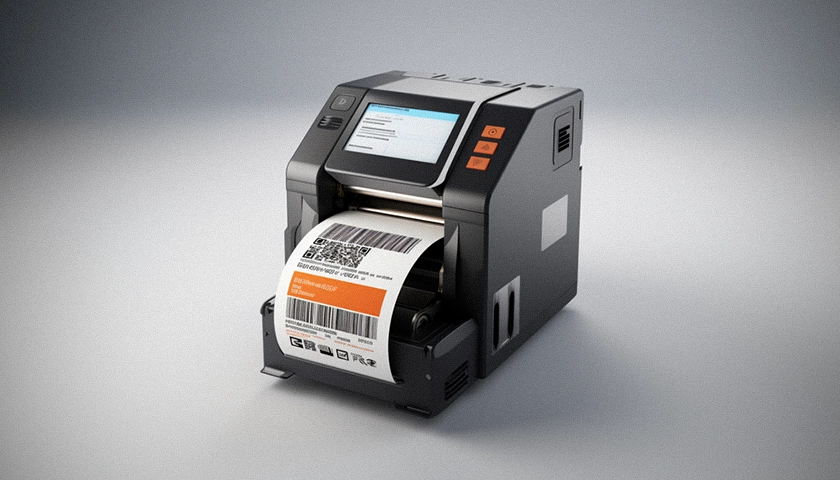
Barcode vs. Country of Origin
Barcodes are an integral part of shopping. Every day, even during grocery shopping, our products are scanned. Many of us may not pay attention to barcodes, but they conceal a lot of information. Today, we will focus on the first three digits of the barcode (the prefix), which reveal the country of origin of a product.
After reading this part of the post, you will know whether that Italian “penne” pasta you bought at the supermarket was really produced in Italy and much more. An important issue to clarify is that the country indicated by the barcode is not always the actual manufacturer of the product. What does this mean? A product produced by a company headquartered in a particular country can also be labeled with that country’s barcode prefix. In practice, this means that by submitting the appropriate application to the international organization GS1 and paying a fee, a company based in the European Union can obtain the right to label its products with a barcode from another country.
However, it is worth remembering that this is one way to check the origin of a product, and it is a suggestion rather than a precise indication of the place of manufacture. Therefore, it is advisable to approach this information with some caution.
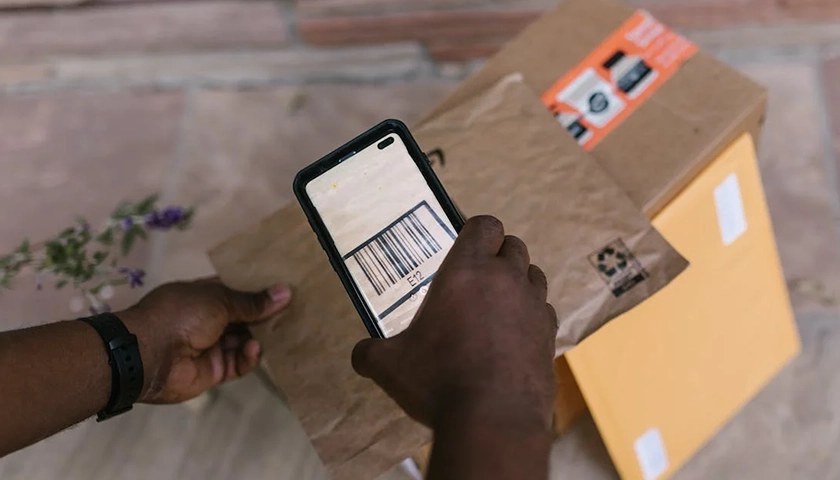
Types of barcodes can be classified into 10 categories. Each of them starts sequentially with a digit 0, 1, 2, and so on. Below is a table that presents all available barcode types and the countries or specific groups assigned to them.
Type 0 Barcodes
| Digits | Description |
| 001 - 019 | United States |
| 020 - 029 | Limited distribution |
| 030 - 039 | Drugs of the United States |
| 040 - 049 | Limited distribution |
| 050 - 059 | Coupons |
| 060 - 099 | Stany Zjednoczone i Kanada |
Type 1 Barcodes
| Digits | Description |
| 100 - 139 | United States (reserved for the future) |
Type 2 Barcodes
| Digits | Description |
| 200 - 299 | Limited distribution |
Type 3 Barcodes
| Digits | Description |
| 30 - 37 | France and Monaco |
| 380 | Bulgaria |
| 383 | Slovenia |
| 385 | Croatia |
| 387 | Bosnia and Herzegovina |
| 389 | Montenegro |
Type 4 Barcodes
| Digits | Description |
| 400 - 440 | Germany |
| 45, 49 | Japan |
| 460 - 469 | Russia |
| 470 | Kyrgyzstan |
| 471 | Taiwan |
| 474 | Estonia |
| 475 | Latvia |
| 476 | Azerbaijan |
| 477 | Lithuania |
| 478 | Uzbekistan |
| 479 | Sri Lanka |
| 480 | Philippines |
| 481 | Belarus |
| 482 | Ukraine |
| 484 | Moldova |
| 485 | Armenia |
| 486 | Georgia |
| 487 | Kazakhstan |
| 489 | Hong Kong |
Type 5 Barcodes
| Digits | Description |
| 500 - 509 | United Kingdom |
| 520 | Greece |
| 528 | Lebanon |
| 529 | Cyprus |
| 531 | Macedonia |
| 535 | Malta |
| 539 | Ireland |
| 54 | Belgas and Luxembourg |
| 560 | Portugal |
| 569 | Iceland |
| 57 | Denmark |
| 590 | Poland |
| 594 | Romania |
| 599 | Hungary |
Type 6 Barcodes
| Digits | Description |
| 600 - 601 | South Africa |
| 608 | Bahrain |
| 609 | Mauritius |
| 611 | Morocco |
| 613 | Algieria |
| 616 | Kenya |
| 619 | Tunisia |
| 621 | Syria |
| 622 | Egypt |
| 624 | Libya |
| 625 | Jordan |
| 626 | Iran |
| 627 | Kuwait |
| 628 | Saudi Arabia |
| 629 | Emirates |
| 64 | Finland |
| 690 - 695 | China |
Type 7 Barcodes
| Digits | Description |
| 70 | Norway |
| 729 | Israel |
| 73 | Sweden |
| 740 | Guatemala |
| 741 | Salvador |
| 742 | Honduras |
| 743 | Nikaragua |
| 744 | Costarica |
| 754 | Panama |
| 746 | Dominican Republic |
| 750 | Mexico |
| 759 | Venezuela |
| 76 | Switzerland |
| 770 | Colombia |
| 773 | Uruguay |
| 775 | Peru |
| 777 | Bolivia |
| 778 - 779 | Argentina |
| 780 | Chile |
| 784 | Paraguay |
| 789 | Ecuador |
| 789 - 790 | Brazil |
Type 8 Barcodes
| Digits | Description |
| 80 - 83 | Italy |
| 84 | Spain |
| 850 | Cuba |
| 858 | Slovakia |
| 859 | Czech Republic |
| 860 | Yugoslavia |
| 867 | North Korea |
| 868 - 869 | Turkey |
| 87 | Netherlands |
| 880 | South Korea |
| 885 | Thailand |
| 888 | Singapore |
| 890 | India |
| 893 | Vietnam |
| 899 | Indonesia |
Type 9 Barcodes
| Digits | Description |
| 90 - 91 | Austria |
| 93 | Australia |
| 94 | New Zealand |
| 955 | Malaysia |
| 958 | Macau |
| 977 | ISSN (periodicals) |
| 978 | ISBN (books) |
| 979 | ISMN (music publishing) |
| 980 | return receipts |
| 981 - 982 | common currency area coupons |
| 990 - 999 | coupons |
Summary
In this article, we have learned about the history of barcodes, discovered their types, understood their uses, and explored how barcodes can be generated. This knowledge has brought us closer to understanding when and how these barcode symbols, placed on products, were created, as well as how to determine the country of origin of the products we encounter daily and place in our shopping carts.
The article highlights the crucial role that barcodes play in every business and how they help manage various types of goods, especially their inventory and classification, influencing data transparency.
![High-level security and control – Access Control Systems [2024]](https://hdwrglobal.b-cdn.net/wp-content/uploads/2024/05/transparent-thegem-product-justified-landscape-s.png)
